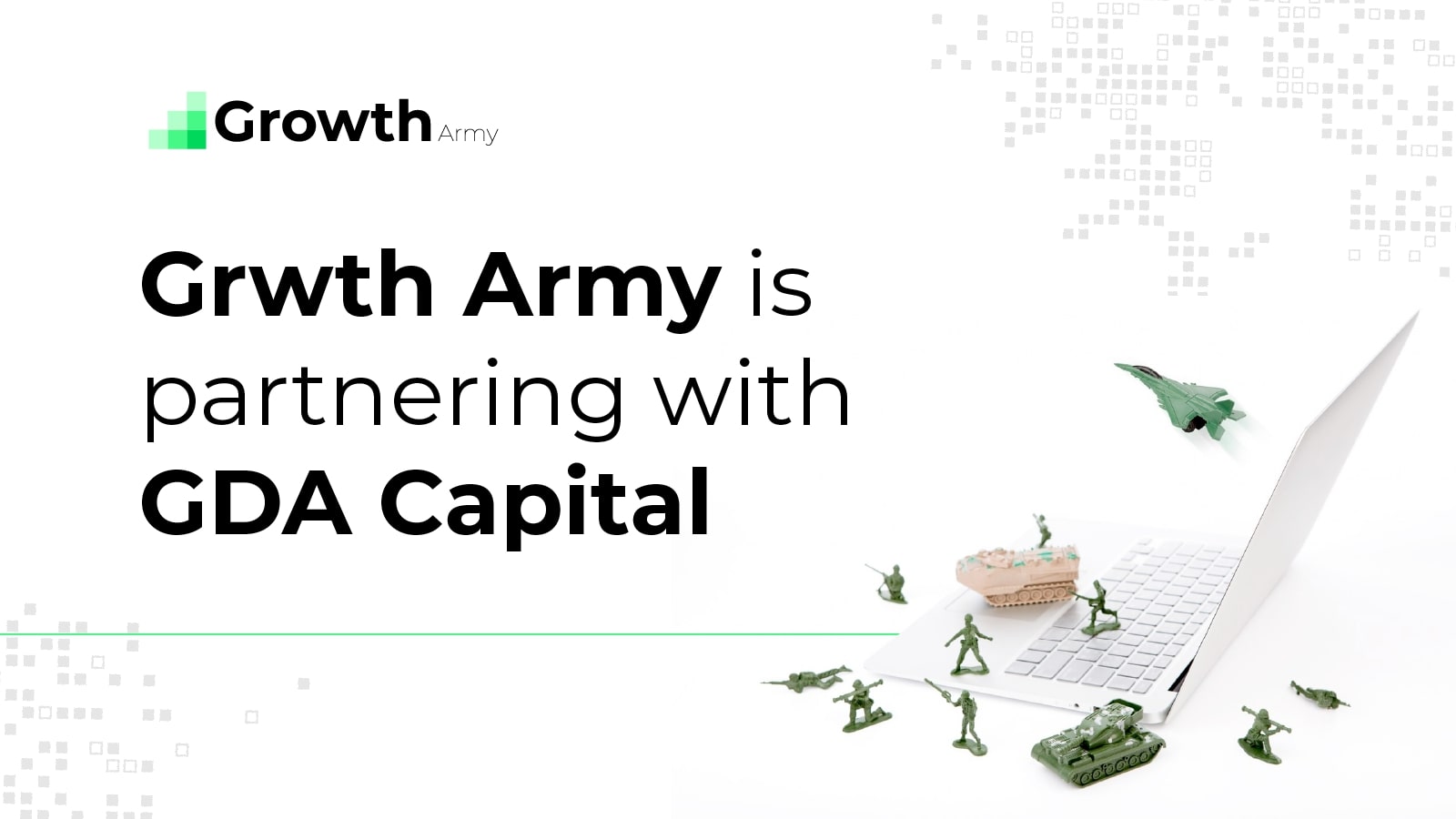When the internet started gaining mainstream adoption, there was an explosion of data and utility across the global network. New websites, blogs and web tools were emerging nearly every day and there was simply no way an average user could keep up with it all.
That’s when Google’s search engine emerged to consolidate this ceaseless data. The ability to parse the infinite internet via keywords (and later artificial intelligence) helped make the worldwide web much more usable.
Now, the decentralized layer of the internet faces a similar conundrum. Developers are creating new tokens, decentralized platforms, smart contracts and new tools based on blockchain technology. However, all these innovative new assets are disconnected from data stored off-chain or on the regular web.
Smart contracts can easily execute based on the price of ETH or the quantity of USDC in a crypto wallet, but they cannot interact with Weather data published by the local meteorological department or stock market data published by Yahoo Finance. That’s where Chainlink comes in.
Connecting blockchain platforms to off-chain data
The blockchain ecosystem works on a key principle – don’t trust, verify. No piece of information is ever trusted unless it is verified by a piece of code based on the blockchain. That means every BTC transaction is verified by the network’s miners, while every non-fungible token is validated by the Ethereum network.
This is, however, not the case on the traditional web. Data published online is often false or, at the very least, unverified. Users either trust the publisher or rely on its authority on a certain subject. This means data published by the New York Times or the government of Morocco is often taken at face value.
Since traditional web data can be easily fabricated or manipulated, connecting them to blockchain platforms could cause issues. Which is why Chainlink offers a decentralized solution based on oracles.
The Chainlink network serves as a decentralized marketplace for users to supply off-chain data and earn LINK tokens as rewards. Before they can offer data on the network, however, they must deposit a certain amount of LINK tokens that can be locked up if the data supplied is wrong or false. In this way, the Chainlink incentivises the flow of off-chain data to be used with on-chain smart contracts and assets.
Market value
Chainlink’s solution has been incredibly useful for emerging blockchain platforms. Arbol, for instance, has been using Chainlink for weather data to create weather risk products . Similarly, the Theta Network taps into off-chain viewership data via Chainlink to combat ad fraud for online content.
Chainlink’s data bridge can be used to verify fiat reserves for stablecoins, randomness generators for NFT games, supply chain data for logistics, market data for decentralized finance applications and real-world data for betting or prediction markets. As blockchain technology evolves and matures, Chainlink’s utility could expand. That’s what makes this project so valuable.
Bottom line
Chainlink connects off-chain data to blockchain platforms the way Google connected all web data to its database of keywords. Consolidating information is immensely valuable as digital assets and smart contracts become more mainstream.




